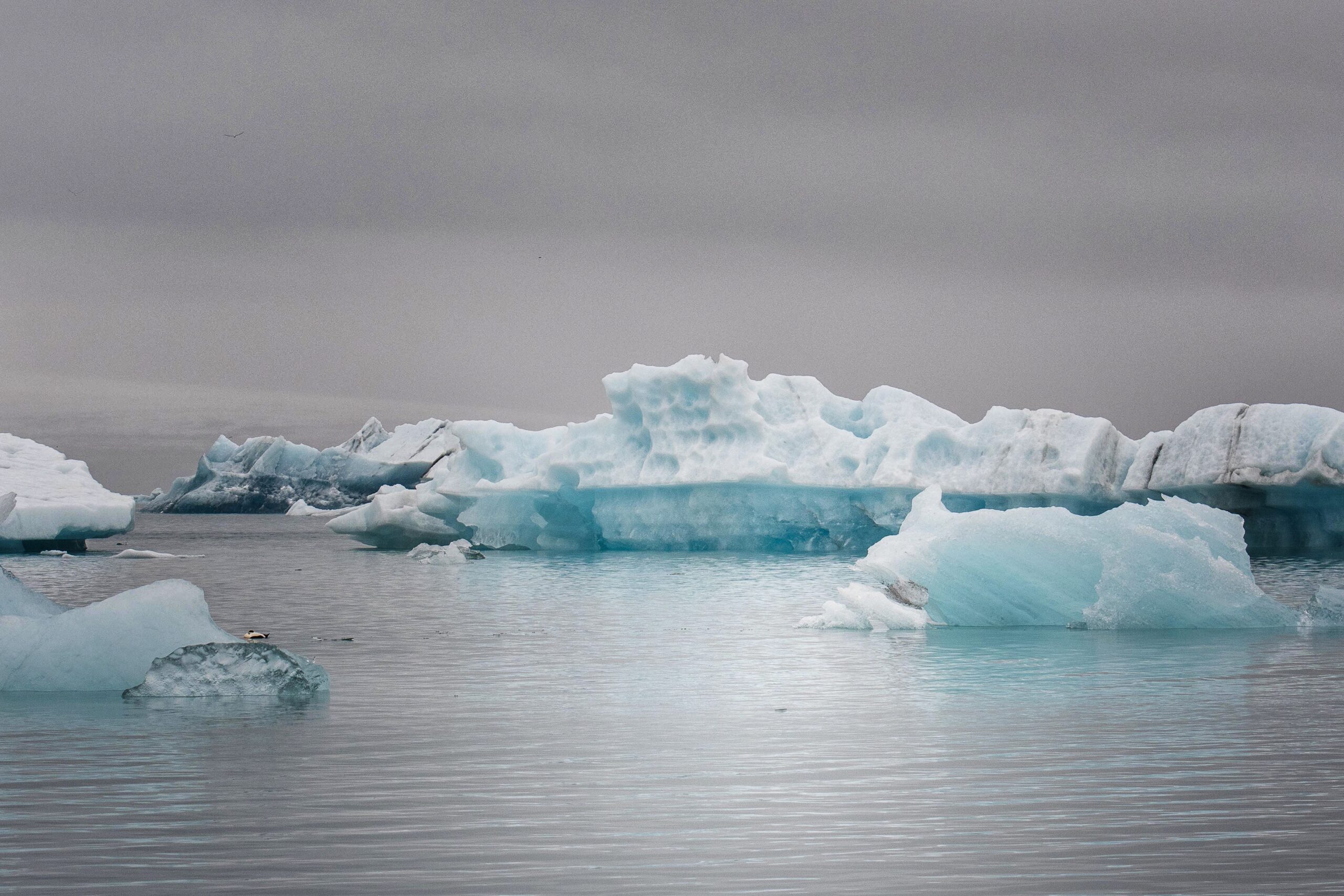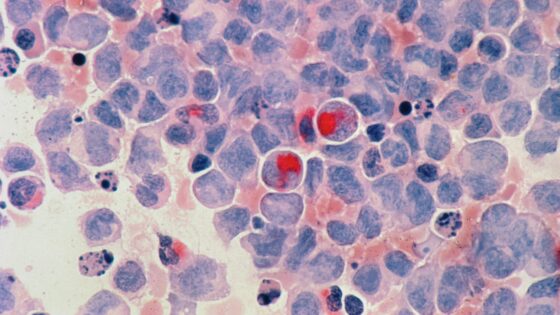Global efforts are underway to protect against the resurgence of ancient diseases as Earth’s ice thaws.
As Earth’s temperatures continue to rise, a chilling concern has emerged – ancient diseases preserved in Siberian permafrost could reawaken with the ongoing meltdown of the world’s ice. Scientific findings indicate that as global temperatures soar, viruses once trapped beneath the ice are being exposed, some still retaining infectious capabilities.
In 2014, a 30,000-year-old virus, harmless to humans but infectious to amoebas, was “revived” from melting Siberian ice, raising alarms among the scientific community. Experts now fear that as the Arctic could witness ice-free summers by the early 2030s, diseases with the potential to infect humans might be unleashed. The World Health Organization has designated this hypothetical threat as “Disease X” – an epidemic caused by a pathogen currently unknown to cause human disease, emphasizing the need for preventive measures.
The unique preservation conditions of permafrost make it an ideal host for ancient viruses. A recent 2021 study revealed that a mere gram of permafrost contains thousands of species of dormant microbes, hinting at the diverse range of ancient diseases that could be lying dormant beneath the ice. The lack of immunity or drug treatments for these long-forgotten diseases poses a potential risk, albeit considered low, of a pandemic resurgence.
In 2018, the W.H.O coined the phrase "Disease X"…they say its gonna be 20 times more deadly than C0viD…but…Covid wasn't even here yet. Also, in 2019, Event2O1 predicted a Pandemic that wasn't here yet. WTF are these Devils up to? pic.twitter.com/kEDgLTGhXp
— Unapologetic Crypto Man (@unapologetic_cm) December 4, 2023
Virologist Jean-Michel Claverie warns, “We realize there might be some danger coming from the north as the permafrost thaws and frees microbes, bacteria, and viruses.” The hypothetical scenario of a viral disease that affected Neanderthals resurfacing is acknowledged as a potential threat to contemporary humans.
To mitigate this risk, urgent and coordinated efforts are required to preserve the ice and permafrost. Various initiatives worldwide are actively engaged in this mission, recognizing the significance of maintaining the frozen state of these potential threats.
Dr. Margaret Harris, a spokesperson for the World Health Organization, affirms the gravity of the situation: “WHO works with 300+ scientists to examine evidence on all viral families and bacteria that can cause epidemics and pandemics, including those that may be released with the thawing of permafrost.”
As the world faces unprecedented challenges linked to climate change, the preservation of ice becomes not only an environmental concern but a crucial element in preventing potential health crises. Global collaboration is imperative to safeguard against the resurgence of ancient diseases, reminding us all that the stakes extend far beyond the visible impacts of climate change.
































